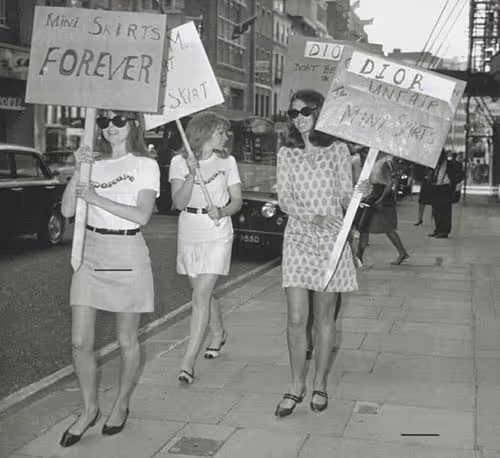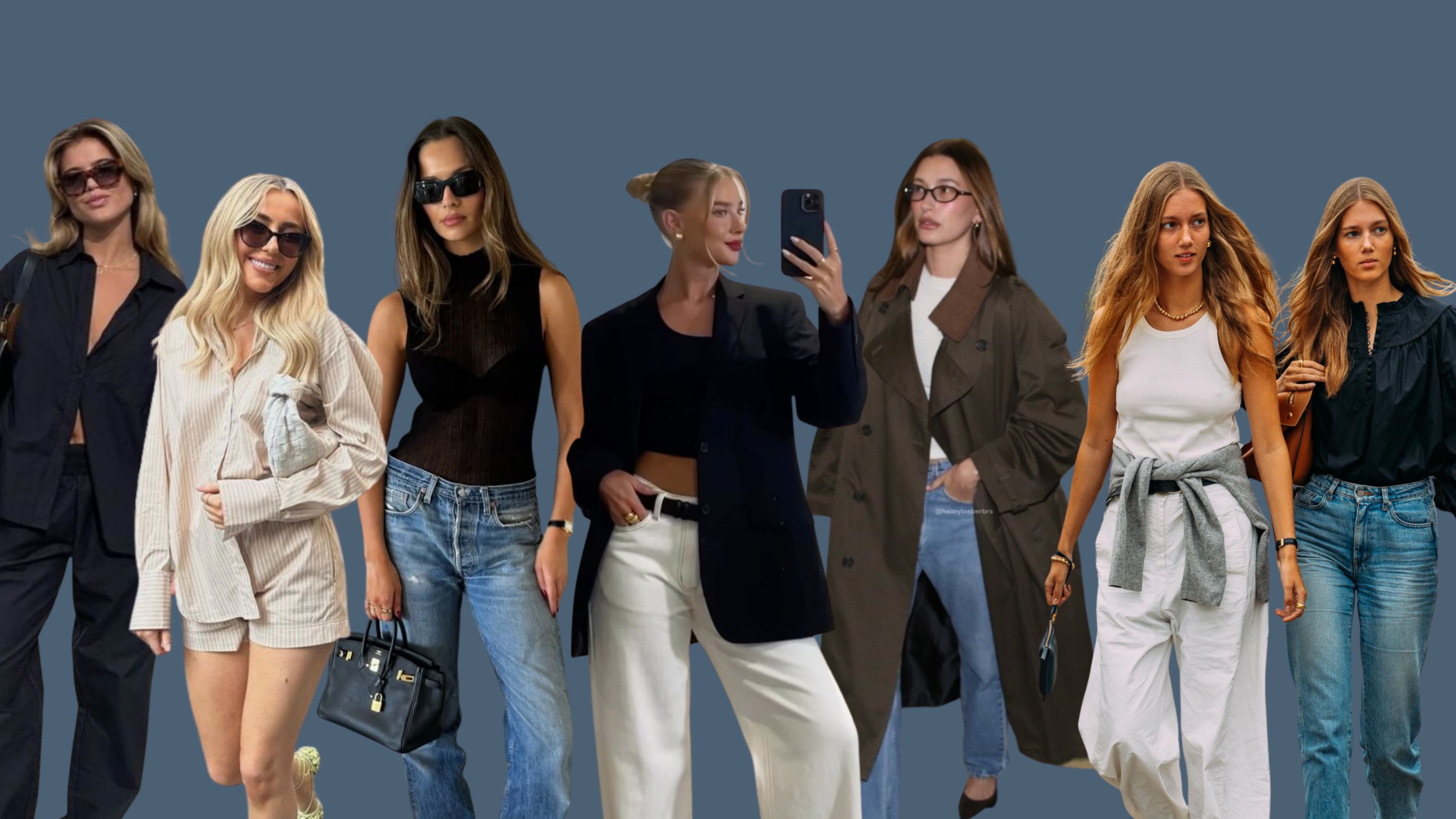The industry is turning towards quiet luxury and restrained elegance, mirroring the uncertainty many are feeling. It's fascinating to see how our closets speak to the times—how the state of the economy shapes what we choose to wear.

For decades, fashion has been tied to the rise and fall of the world. Think of George Taylor's 'Hemline Index' from 1926—skirt lengths supposedly went up during economic booms and down during tough times. And history sort of backs this up: the Roaring Twenties brought shorter hemlines, while the Great Depression lengthened skirts. Now, in a time of economic unease, fashion is doing what it always does—adapting, responding, reflecting.

In place of flashy logos and trend-chasing, we see a preference for something more subdued—modesty, simplicity, the so-called “quiet luxury.” It’s about quality without the shout. Muted tones, timeless silhouettes, subtle craftsmanship. A soft cashmere sweater, perfectly tailored trousers, a well-cut coat—these are pieces that feel reliable, versatile, and lasting, which is exactly what many people are craving right now.

During the 2008 financial crisis, we saw a similar pivot—fashion embraced practicality and restraint. Today, brands like Saint Laurent and The Row are leaning into that same vibe: collections full of classic cuts, neutral palettes, designs that are meant to stand the test of time. It’s about finding a sense of comfort and stability through what we wear—about feeling a little more grounded while the world feels anything but.

Of course, fashion hasn't lost its flair. Creativity still peeks through, but it’s a quieter kind of expression—a pop of colour here, an interesting detail there. It’s less about turning heads and more about feeling anchored. Our concept of luxury has shifted, too. It's no longer about signalling wealth with extravagance, but about investing in pieces that truly endure—reflecting a deeper desire for stability, both financially and stylistically.
In times like these, fashion becomes a way to cope, to adapt. When everything feels uncertain, we reach for what’s steady, what’s enduring. It's a pattern we've seen before and will likely see again. Right now, the message is clear: as the world changes, fashion does too, reminding us that style is about more than appearances. It's about navigating life—finding our footing, even in unsteady times.






.svg)


.svg)
.svg)





